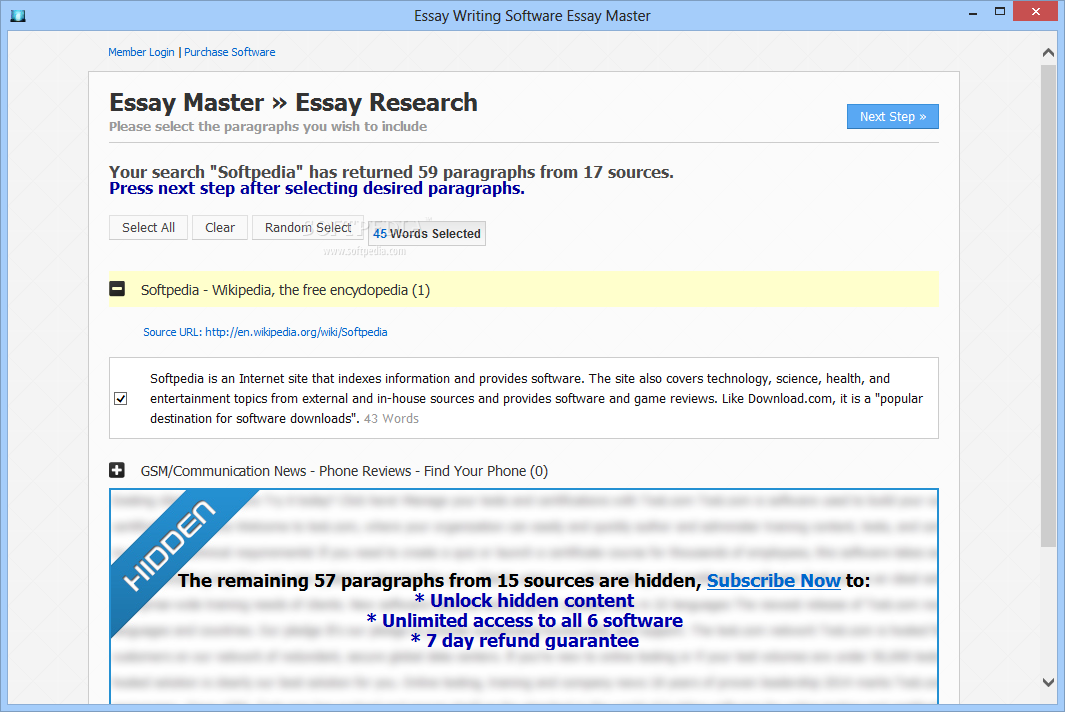
Answer to no plagiarism***** Defend any four(4) arguments for. Transcribed image text: Consider a computer system that runs jobs per month and has no deadlock- prevention or deadlock-avoidance scheme. Deadlocks occur about twice (2) per month, and the operator must terminate and rerun about ten (10) jobs per deadlock Loading 4. PLAGIARISM AND OTHER DISHONEST PRACTICES Unethical use of another person’s work for research or study purposes may, in addition to the infringement of the copyright owner’s economic rights, also infringe the author’s moral rights and constitute a criminal offence
Mason Alert Emergency Notification System | MASON READY | George Mason University
This page illustrates how to interpret the parts of an MLA citation for different types of sources. This is important when one has a citation in hand for example, from the bibliography of a journal article, from a website, or from a professor and wants to track down the original source.
Although citations look different in other styles such as APA and Turabian, the same information is generally present, but with a different order and formatting.
A DOI, or digital object identifieravoidance of plagiarism, is a unique combination of numbers and letters that identifies and permanently links avoidance of plagiarism specific articles or internet content. The publisher of the content assigns and makes the doi available for electronically published content. In APA Forma t :. University of Nebraska Kearney Library Policies Accessibility.
Ask A Librarian. It looks like you're using Internet Explorer 11 or older. This website works best with avoidance of plagiarism browsers such as the latest versions of Chrome, Firefox, Safari, and Edge, avoidance of plagiarism. Avoidance of plagiarism you continue with this browser, you may see unexpected results, avoidance of plagiarism.
CALVIN T. RYAN LIBRARY. UNK Library Research Guides Identifying Parts of a Citation Home Search this Guide Search. Identifying Parts of a Citation: Home This guide will help students to determine what identifying information should go on citation pages for most citation styles.
Template courtesy of Nash Community College. This page illustrates how to interpret the parts of an MLA citation for different. Home Identifying Types of Sources Why Citing Sources is Important. Introduction This page illustrates how to interpret the parts of an MLA citation for different types of sources. What is a DOI? What does a doi look like in a citation? In APA Forma t : Orr, L. Photosynthesis online.
Photosynthesis Research, 2 This part is the digital object identifier. MLA does not require a DOI at this time, as of the 7th edition.
MLA avoidance of plagiarism 7th ed. does not require inclusion of DOIs. Source: MLA handbook for writers of Research papers, avoidance of plagiarism, 7th ed. Book Chapters. Journal Articles. Web Sources. Curriculum, OER, and Government Documents Librarian. Rochelle Reeves. Email Me. Schedule Appointment.
Contact: LIBR Contact: Facebook Page. Report a problem. Subjects: EnglishResearch Assistance. Links Hours Research Guides Citation Guides A to Z Databases Open Education Resources Interlibrary Loan. Location 11th Avenue, Kearney, NE Contact Us Ask A Librarian. UNK ©
The Art of Paraphrasing: Avoiding Plagiarism
, time: 9:10What does citation have to do with plagiarism? - blogger.com

All our papers are custom written to eliminate issues of plagiarism; We give up to % of your money back if you are not satisfied with our services. We offer you a free plagiarism report with every project delivered to you thus ensuring the writing is authentic and original. What we offer Jun 09, · This guide will help students to determine what identifying information should go on citation pages for most citation styles. Template courtesy of Nash Community College. This page illustrates how to interpret the parts of an MLA citation for different Procrastination is the action of unnecessarily and voluntarily delaying or postponing something despite knowing that there will be negative consequences for doing so. The word has origin from the Latin procrastinatus, which itself evolved from the prefix pro-, meaning "forward," and crastinus, meaning "of tomorrow." It could be further stated as a habitual or intentional delay of starting or

No comments:
Post a Comment